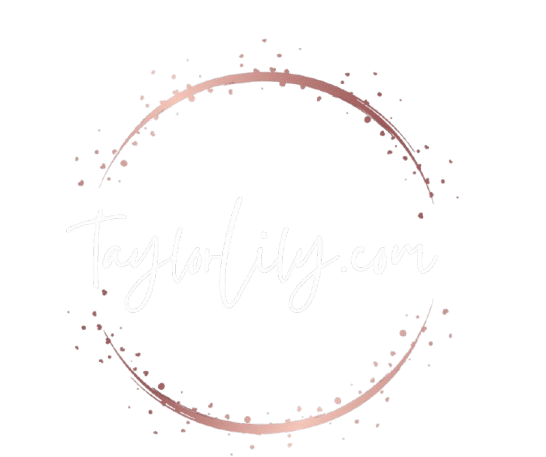Data Mesh vs Data Lake vs Data Fabric
As a programmer, I’ve come across many questions from fellow developers and data enthusiasts about the differences between data mesh, data lake, and data fabric. What’s the difference between these three concepts, and when should I use each In this blog post, I’ll break down each concept and provide examples to help you understand the nuances.
When I first started learning about data mesh, data lake, and data fabric, I was overwhelmed by the sheer amount of information available. It seemed like each concept was just a buzzword, and I wasn’t sure which one to use for my project. But after digging deeper, I realized that each concept serves a specific purpose, and understanding the differences between them can help you make informed decisions about your data architecture.
So, what are data mesh, data lake, and data fabric In simple terms, data mesh is a decentralized data management approach that allows multiple teams to manage their own data. Data lake, on the other hand, is a centralized repository that stores raw, unprocessed data. Data fabric is a more comprehensive term that refers to a network of interconnected data systems that provide a unified view of an organization’s data.
Here are some key differences between the three concepts
Data Mesh
Decentralized approach
Multiple teams manage their own data
Focus on domain-specific data
Data is processed and transformed as needed
Example A company with multiple business units, each with its own data needs, might use a data mesh approach to manage their data.
Data Lake
Centralized repository
Stores raw, unprocessed data
Focus on storing large amounts of data
Data is not processed or transformed until needed
Example A company that generates large amounts of sensor data from its manufacturing process might use a data lake to store and process that data.
Data Fabric
Network of interconnected data systems
Provides a unified view of an organization’s data
Focus on integrating and harmonizing data from multiple sources
Data is processed and transformed as needed
Example A company that wants to integrate data from multiple sources, such as customer relationship management (CRM) software and enterprise resource planning (ERP) software, might use a data fabric to provide a unified view of its data.
In conclusion, data mesh, data lake, and data fabric are three distinct concepts that serve different purposes in data management. By understanding the differences between them, you can make informed decisions about your data architecture and choose the approach that best fits your needs.
As a programmer, I know that writing these blogs takes time and effort. That’s why I’m asking for your help. If you found this post helpful, I’d appreciate it if you could support our blog by buying me a coffee via the link below. Yo







